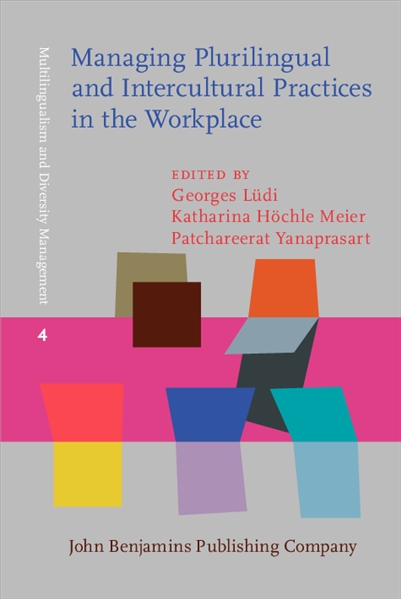Stock Status: Temporarily out of stock. To be ordered in from the Publisher
Published 2016
The contributions in this volume stem from different lines of research and represent both a continuation and an advancement of the ...
Published 2016
The contributions in this volume stem from different lines of research and represent both a continuation and an advancement of the European DYLAN-project.
The book addresses the meanings and implications of multilingualism and plurilingual repertoires as well as the ways in which cultural diversity is managed
in companies and institutions in Switzerland. Characterised by official quadrilingualism, but also by new dimensions of multilingualism resulting from
massive immigration, important workforce mobility and increasing globalisation, Switzerland offers an ideal laboratory for studying phenomena linked to
multilingualism and cultural diversity.
On the one hand, a special focus is put on the best practices of diversity management and language regimes with particular attention paid to the interplay
between official languages and English, and to ways of leveraging diversity awareness, fostering cultural inclusiveness and enhancing intercultural
learning in vocational education and training.
On the other hand, the chapters examine at close range the way actors' plurilingual repertoires are developed and how their use is adapted to particular
objectives and specific conditions. Being observed in several types of multilingual professional settings, the plurilingual strategies, including English
as lingua franca, are particularly examined in terms of power relations and processes of inclusion or exclusion.
